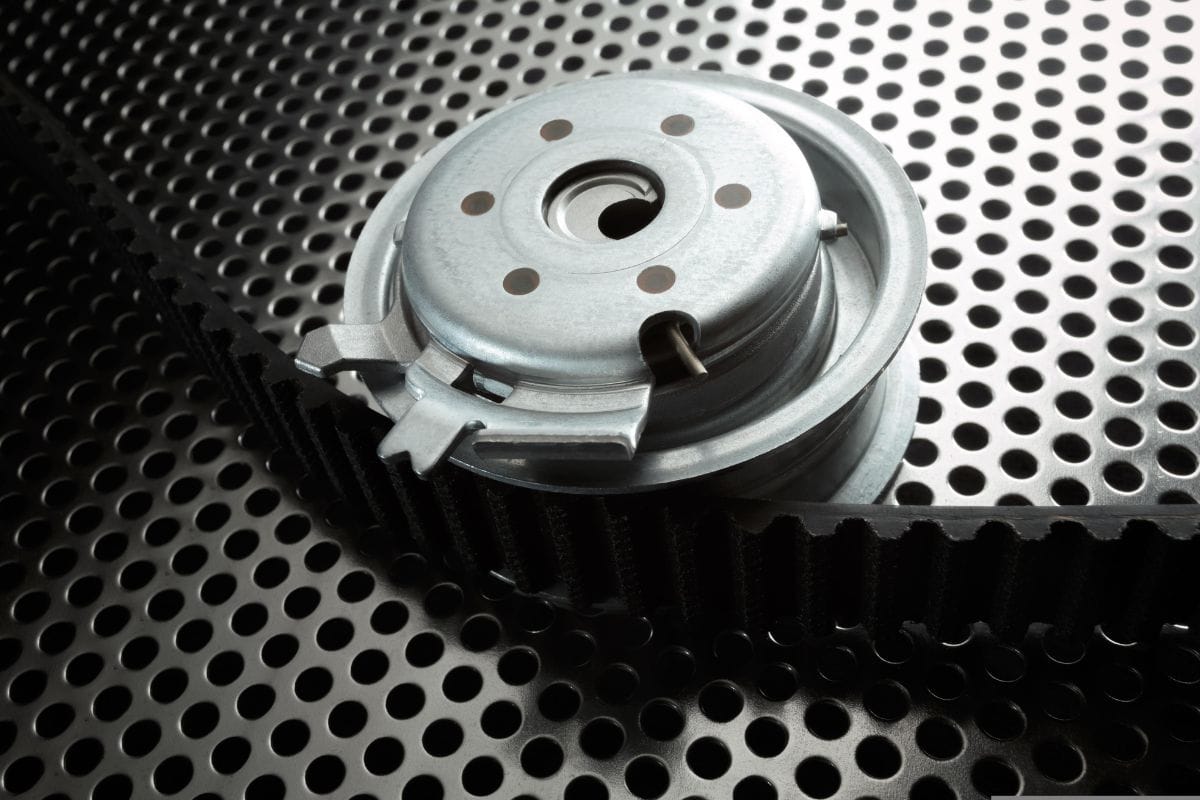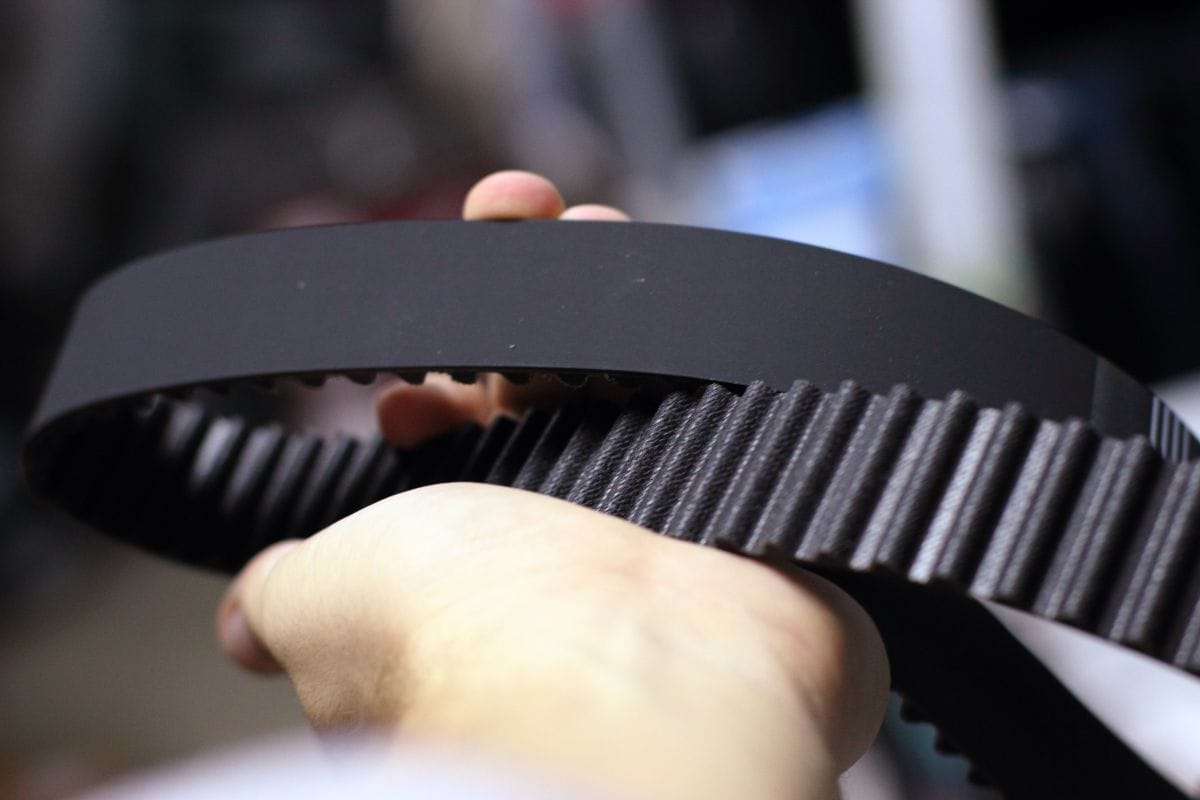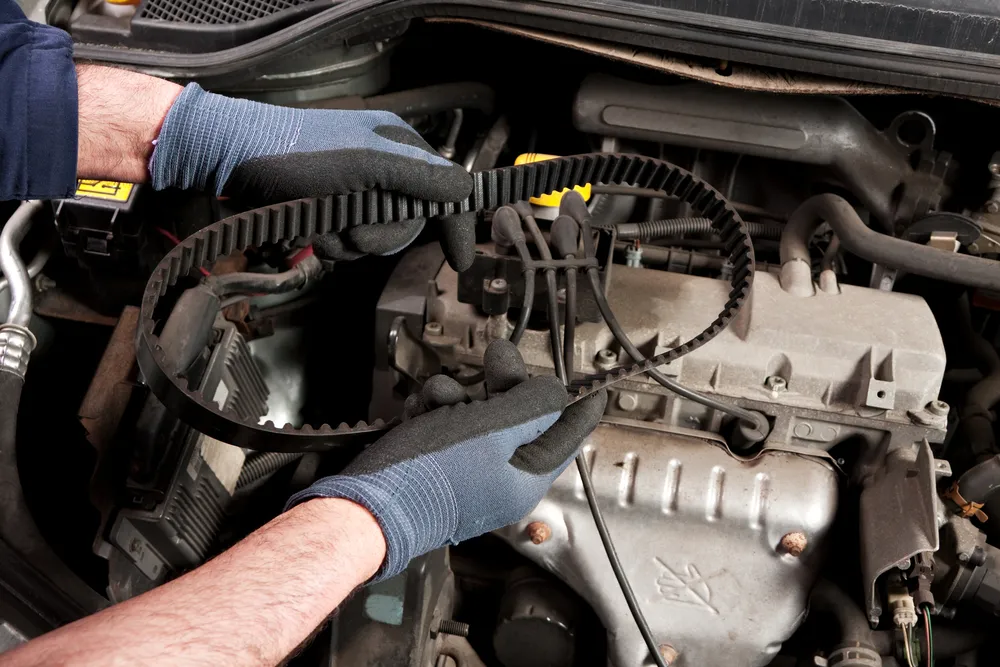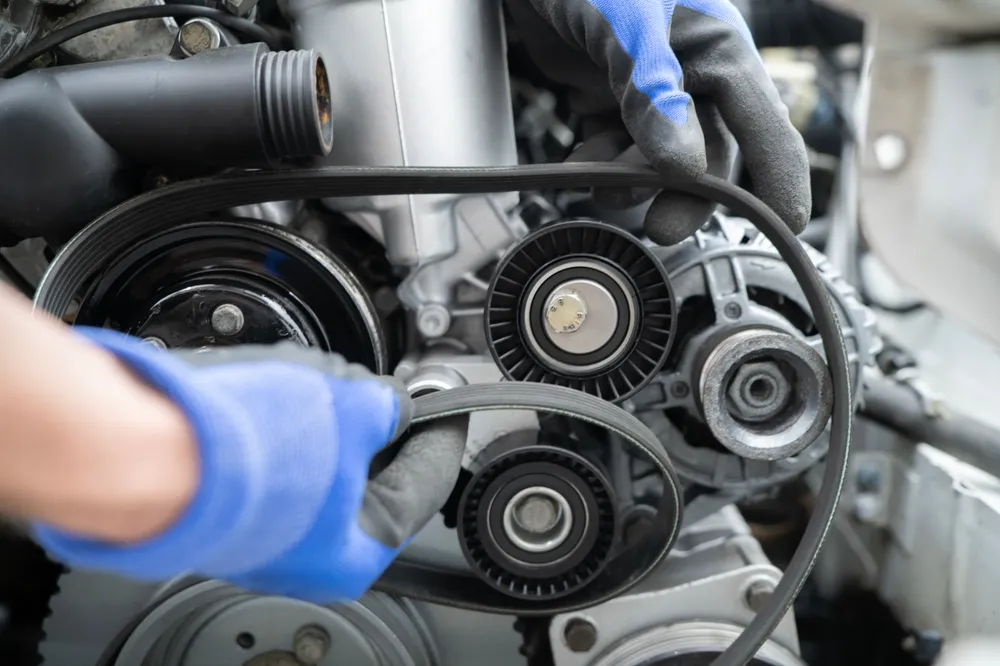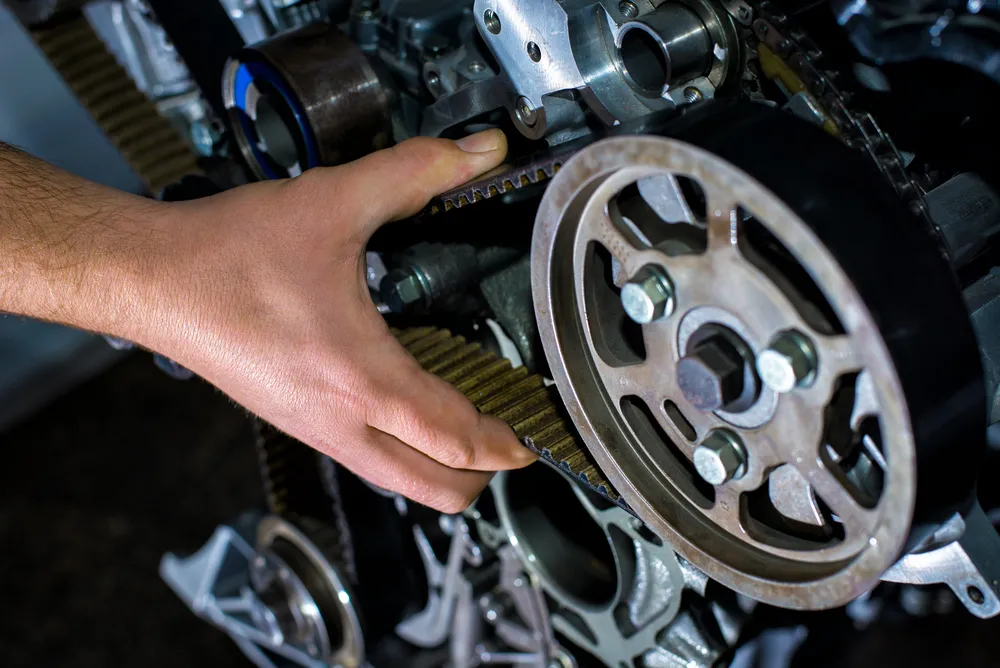When Should You Ask Your Mechanic to Check Your Timing Belt?
What Does a Timing Belt Do?
Why Replacement Intervals Are Critical
To stop this from happening, car makers set clear replacement schedules in the logbook. These intervals are based on how far the car has travelled and how old the belt is. Rubber parts weaken with age, even if the car is driven very little. Replacing the belt on time is the only safe way to protect the engine.
Typical Timing Belt Service Intervals
There is no single rule that applies to every car. Each manufacturer sets its own schedule in the logbook. Most vehicles need a timing belt change somewhere between 60,000 and 150,000 kilometres, or between 5 and 10 years.
What to keep in mind:
Timing Belt vs Timing Chain
Some cars use a timing chain instead of a belt. Chains are made of metal and usually last the life of the engine, though they can stretch and require replacement if neglected. Belts, on the other hand, are designed to be replaced as a maintenance item.
Feature | Timing Belt | Timing Chain |
Material | Reinforced rubber | Metal links |
Replacement | 60,000–150,000 km | Rare, only if stretched or noisy |
Noise | Quiet | Louder |
Maintenance Item | Yes | No (in most cars) |
How Mechanics Check Your Timing Belt
At VP Autocare, timing belts are reviewed as part of major logbook services. Our mechanics:
The Cost of Skipping Timing Belt Replacement
Engine failure risk:
Broken belts often bend valves, crack pistons, or damage cylinder heads.
Repair bills:
What could be a routine service becomes thousands of dollars in engine work.
Inconvenience:
Breakdowns rarely happen in convenient places — many happen on freeways or long trips.
Local Service in Tullamarine and Surrounding Suburbs
VP Autocare services timing belts for customers across: Tullamarine, Gladstone Park, Keilor, Keilor East, Keilor Park, Westmeadows, Strathmore, Glenroy, Jacana, Attwood, Niddrie, and the surrounding northern suburbs.
Wherever you are based, our workshop provides trusted advice and replacement services in line with manufacturer schedules.
FAQs about Timing Belt Replacements
How do I know if my car has a timing belt or chain?
Check your logbook, ask your mechanic, or research your make and model. Many modern cars use chains, but belts are still common.
What happens if the timing belt breaks while driving?
Most engines will stop instantly and suffer internal damage, often bending valves and damaging pistons.
Is replacing a timing belt expensive?
It depends on the vehicle. While it is more costly than routine maintenance, it is far cheaper than engine rebuilds after a failure.
Do low-kilometre cars still need timing belt replacement?
Yes. Age is just as important as distance. Rubber deteriorates even if the car has barely been driven.
Can I inspect my timing belt myself?
Are timing chains maintenance-free?
Timing belts may be out of sight, but they should never be out of mind. Following the replacement schedule set by your car’s manufacturer prevents major engine damage and saves money long-term. At VP Autocare in Tullamarine, we check timing belts during major services, advise you on when replacement is due, and complete the work with trusted parts and expert care.
VP Autocare
8 Carrick Drive, Tullamarine VIC 3043
📞 (03) 9338 5455
Book your service now
Servicing Tullamarine, Gladstone Park, Keilor, Keilor East, Keilor Park, Westmeadows, Strathmore, Glenroy, Jacana, Attwood, Niddrie, and nearby suburbs.
Internal Links Used
- Logbook servicing
- Mechanical repairs
- Brake repairs
External Links Used
- VicRoads – Vehicle Maintenance
- RACV – Car Maintenance Tips



